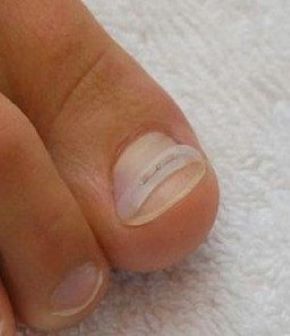Out-toeing is the externally rotated (or “turned out”) appearance of a child’s feet when he walks, possibly due to a persistent fetal position, but may also be due to abnormal growth or an underlying neurologic problem. In children, out-toeing (also referred to as “duck feet”) is much less common than in-toeing. Unlike in- toeing, out-toeing may lead to pain and disability as the child grows into adulthood. Out-toeing can occur in one or more of the following three areas: the feet, legs or hips.
Flatfeet and Out-Toeing
Flat feet (pes planus) occur when a child has no arch in their foot. Because an arch does not form, the foot appears to turn to the outside. Children with out-toeing due to flatfeet will rarely experience pain symptoms will not require treatment.
External Tibial Torsion Out-Toeing
Commonly affecting adolescents, external tibial torsion is an outward twisting of the leg bone. Unlike internal tibial torsion, it is usually seen in late childhood or early adolescence, and it usually affects only one leg (most commonly affecting the right leg). Patients with external tibial torsion will often experience pain around the front of the knee, called patellofemoral pain.
Hip Contracture and Out-Toeing
Because of an infant’s position in the uterus, they are born with their hips externally rotated (or “turned out”). The hips are constrained in this tight position after birth because they have not moved during gestation. This external hip contracture typically resolves by itself, but the time varies among children. If the child has persistent hip tightness when they start walking, it will appear that their feet are turning out. Combined with the fact that most babies are flat- footed, it is clear why most toddlers walk with their feet turned to the outside. No treatment is required for children with hip contracture, as it will resolve on its own.
Femoral Retroversion and Out-Toeing
Less common than femoral ante-version, femoral retroversion occurs when the thighbone (femur) is angled backwards relative to the hip joint. This backwards angling can cause the entire lower extremity to turn to the outside. Femoral retroversion is most often seen in obese children and may predispose them to early arthritis or another childhood hip condition called slipped capital femoral epiphysis (SCFE).






